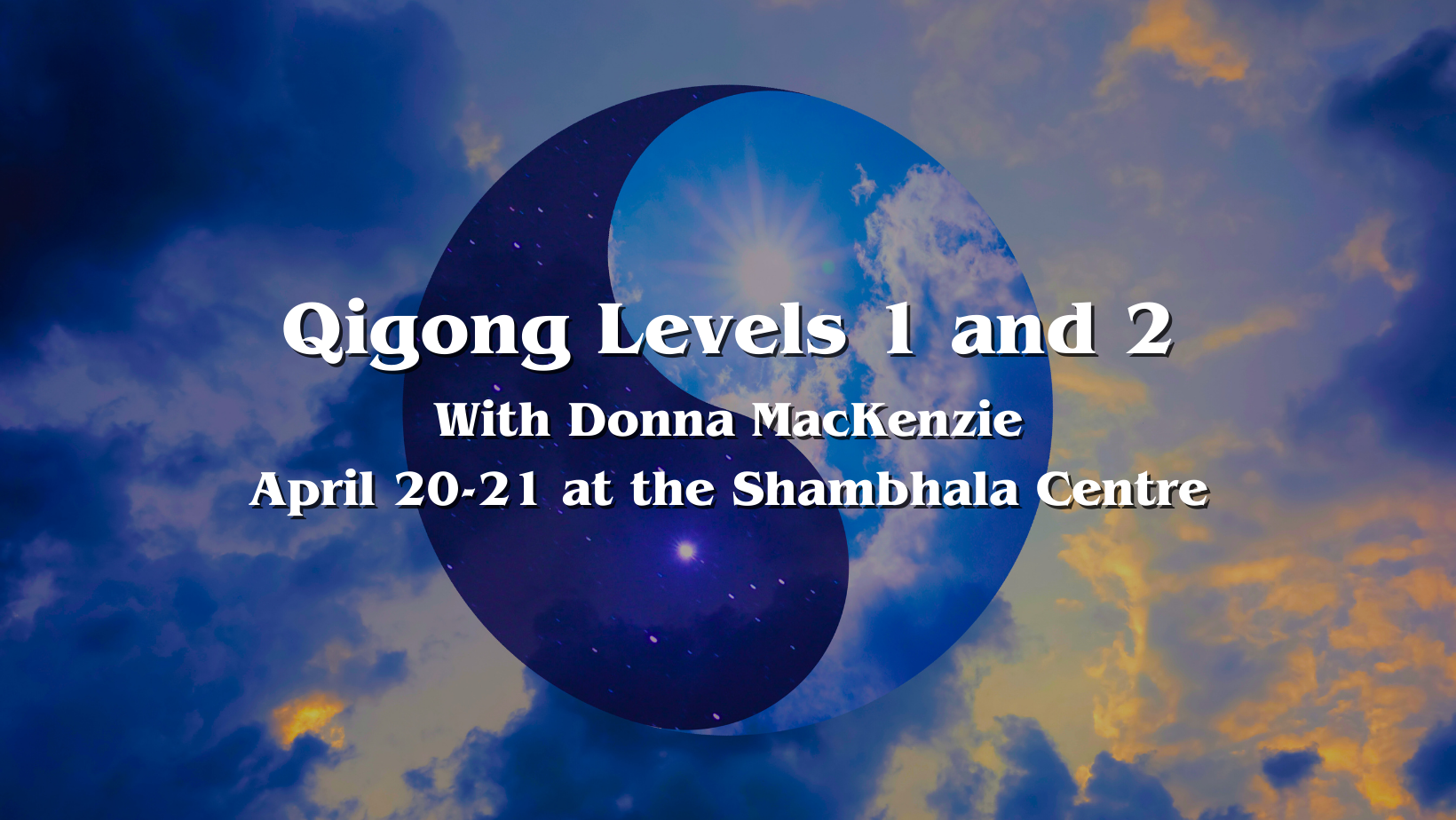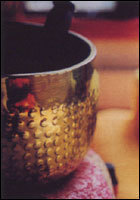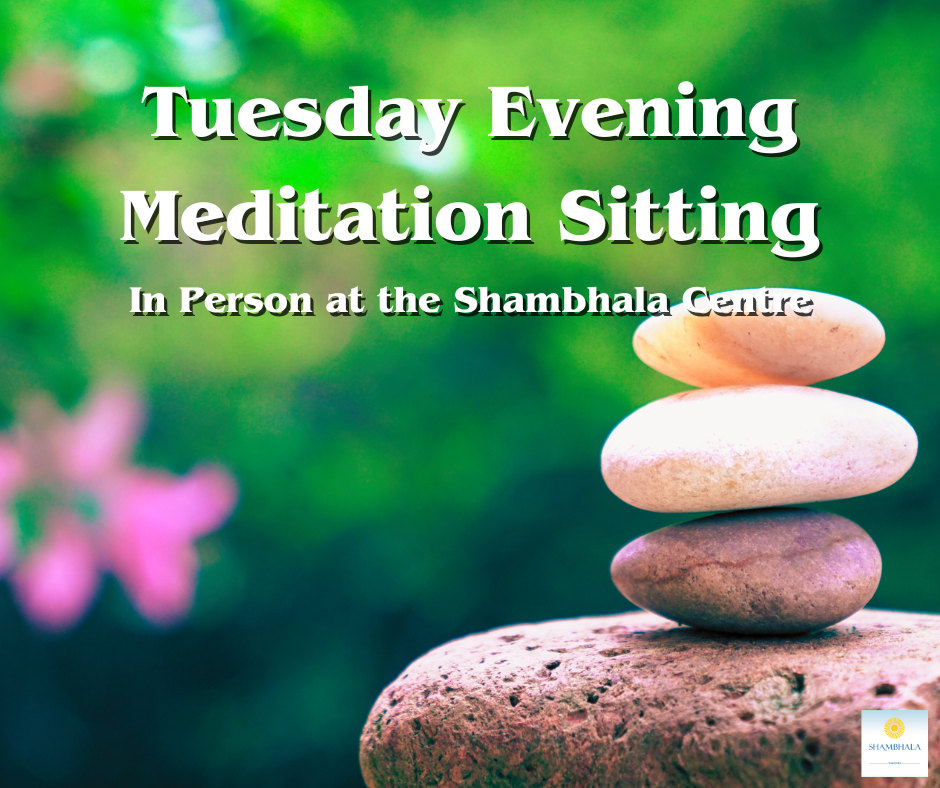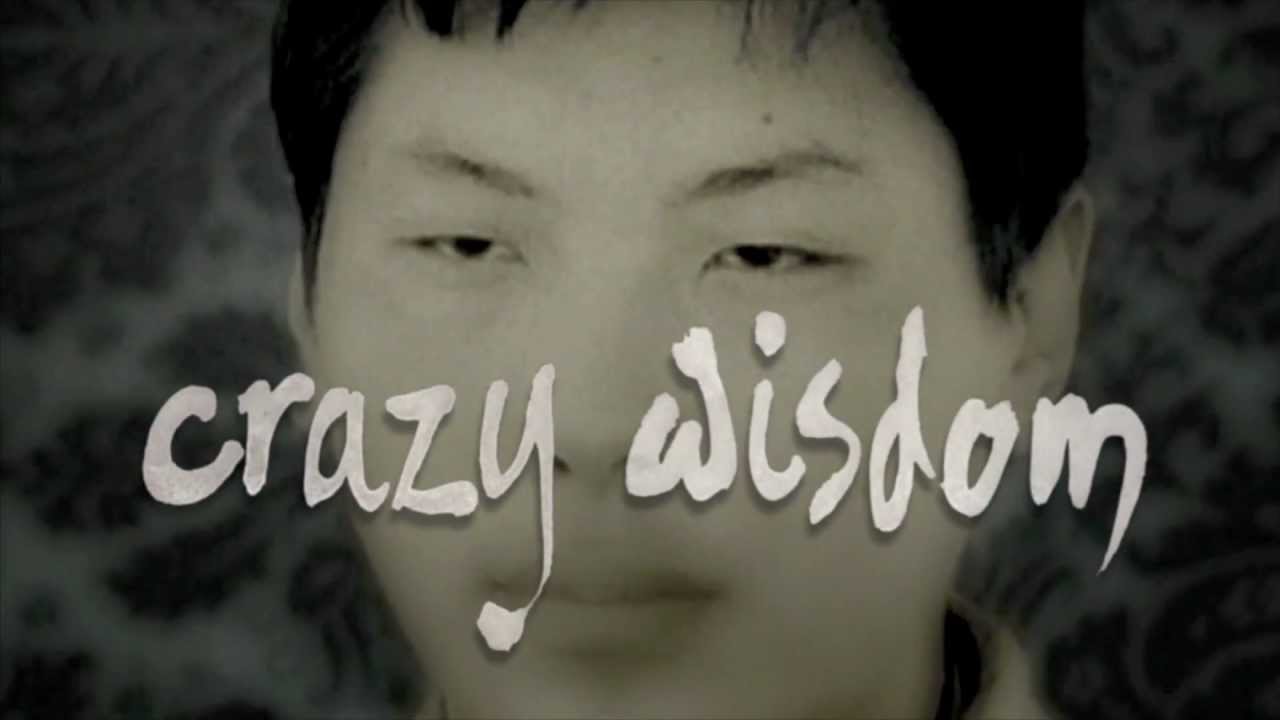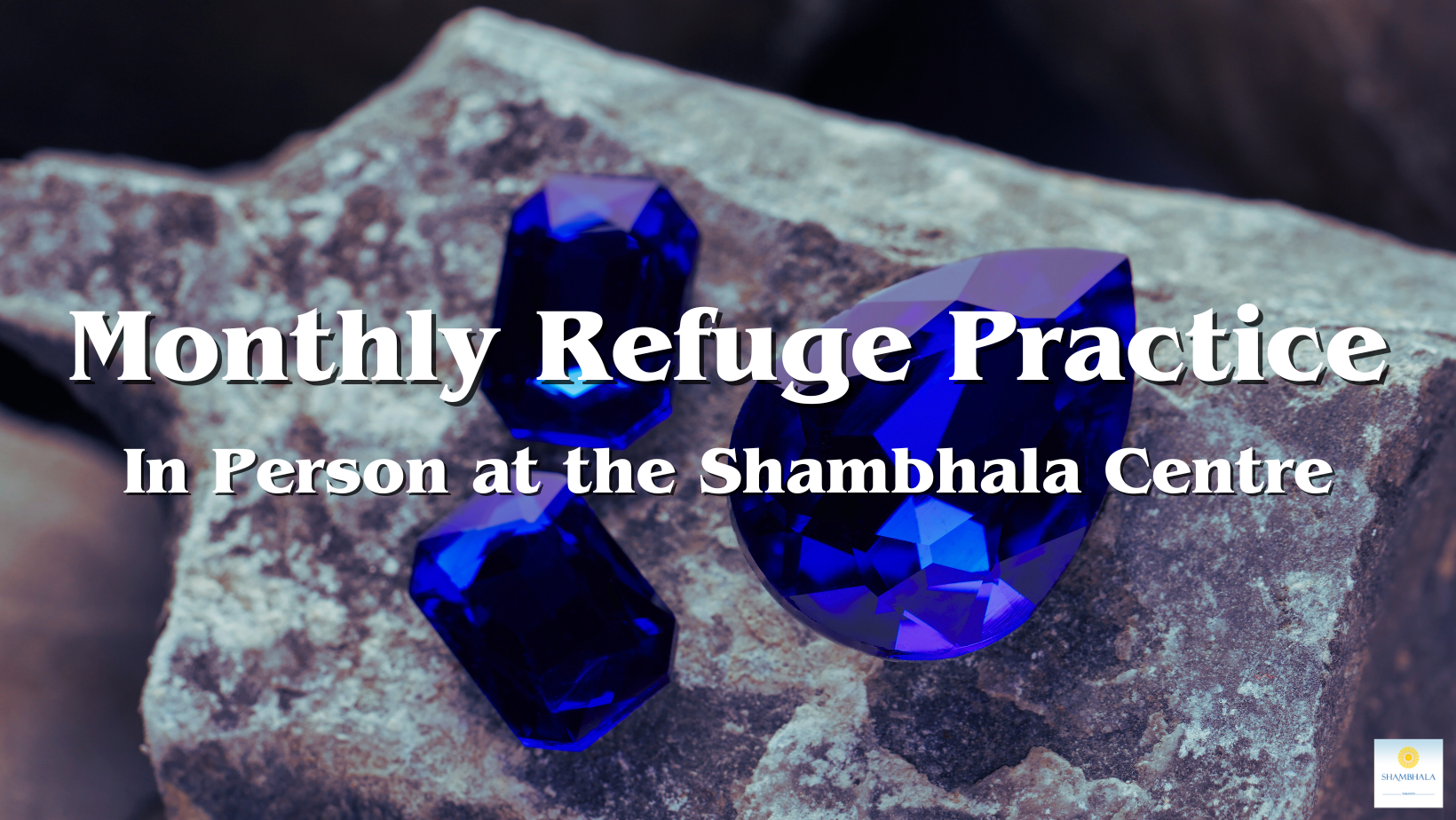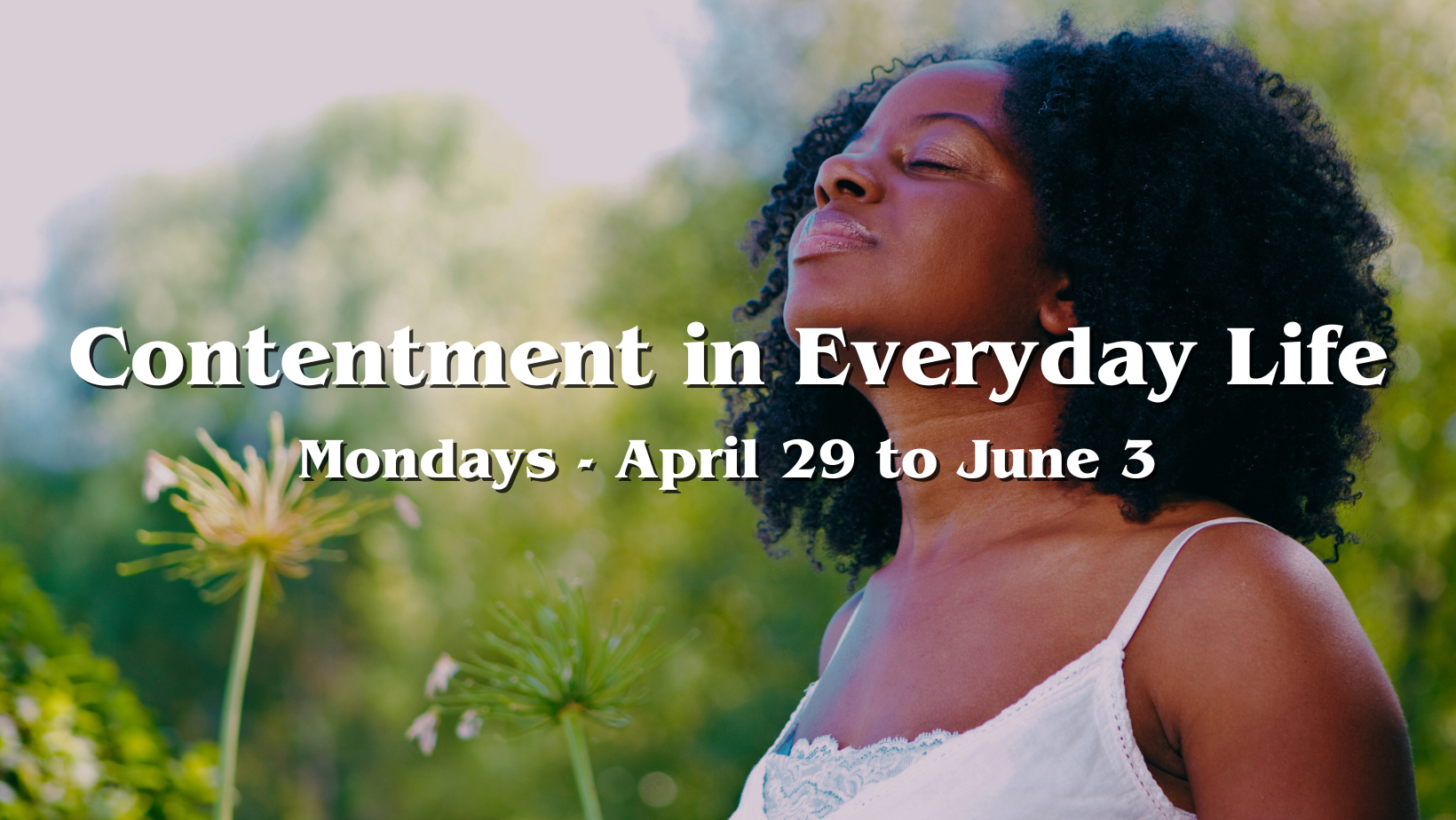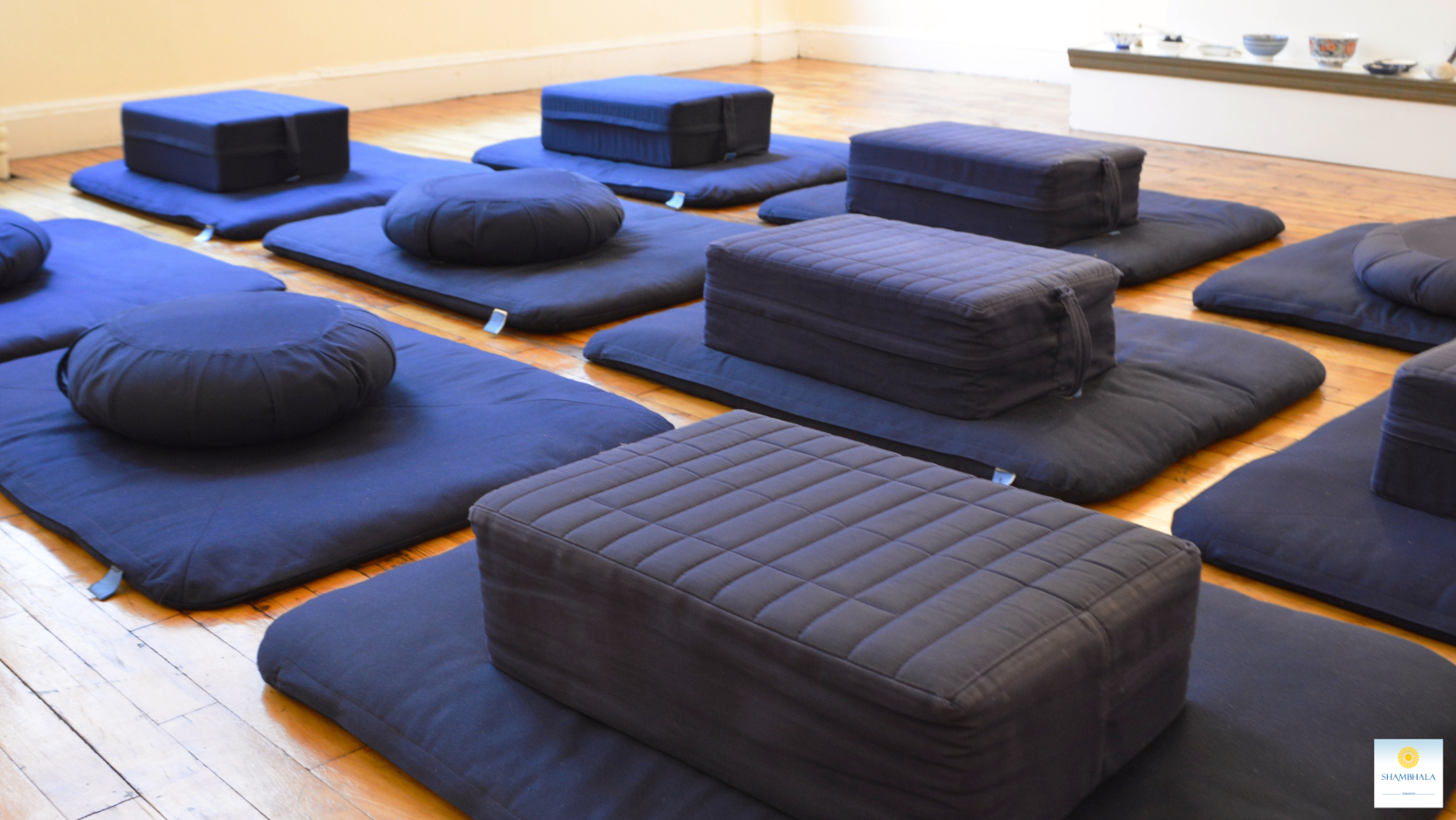Seeing and Hearing with the Heart
 It is Saturday, June 10, 7:45 am and I am walking along Bloor Street towards the Shambhala Centre. Someone is walking purposefully towards me. Oh please let them walk past me. I’m in a hurry. I have a talk to give today and I need to practice.
It is Saturday, June 10, 7:45 am and I am walking along Bloor Street towards the Shambhala Centre. Someone is walking purposefully towards me. Oh please let them walk past me. I’m in a hurry. I have a talk to give today and I need to practice.
“Can you help me? I’m so hungry. I came here for a better life. No one will help me.”
Their face was only inches from mine, close enough that I could feel their breath, and the heat from their body, or maybe it was my own.
“Please can you help me? I’m so hungry” they said again, tremulously.
The pain in their voice pierced the layers of my self-absorption and I felt them drop away, leaving my own tender heart exposed to the already muggy morning air.
“I’m sorry you’re having such a hard time. Where are you from?” I said, as I reached into my bag and pulled out some coins.
“Israel. I came here for a better life. I’m hungry. Can you help me?”
My eyes filled with tears as I took their outstretched hand in both of mine and pressed the coins into it.
“Thank you, dear,” they said. “Thank you for seeing me. I love you.”
“I love you, too, I responded gently. “Be well.”
Thank you for seeing me. The words reverberated against my eardrums as I made my way upstairs and let myself into the still empty Shambhala Centre.
As I set about preparing tea and coffee for the morning, my thoughts drifted to Sakyong Mipham Rinpoche‘s 2017 Shambhala Day Address which began with the words “Can you see me?” and continued with, among other things, “Can you hear me?”
The evening of the Shambhala Day Address I asked my own teacher, Shastri Nick Kranz, if all Shambhalians were feeling as uplifted and inspired as I was, adding that, “I wish I knew where to start. We should have a conversation about this. And not just us. We should include other people.”
We have begun that conversation, which we have called “Manifesting Great Eastern Kindness,” and will continue it throughout this year. After our first gathering in April where Nick helped several of us to unpack some of the themes raised in the Sakyong’s Address, I found myself coming back to those words “Can you see me? Can you hear me?” They felt like some kind of call to action to me and I said as much to the group.
My thoughts came back to the Shambhala Centre where I was gathered for the weekend with nine other fearless and gentle warriors who were participating in Course Leader Training. The Japanese kanji for listening that Shastri Jil Amadio had shared with us the day before as we discussed deep listening took on new meaning this morning.
According to the kanji, listening involves not only the ears but the eyes, the undivided attention and the heart. Joyful tears flowed freely as I began to fill the water bowls on the Primordial Rigden shrine, an offering in themselves, as I made a silent vow to continue to see and hear with my heart, allowing it to be touched deeply, in nowness.
About Janet Pal
Janet Pal lives in Scarborough with her partner and their dog, where she enjoys going for long walks every morning and photographing things that touch her heart. Honoured to serve at the Centre as Shambhala Guide, Dorje Kasung, and now Course Leader, she aspires to be as brave about flying to Vermont this summer for Enlightened Society Assembly.
Shastri Nick Kranz will be leading a course in Toronto this coming September on Social Meditation and Awakened Community.


